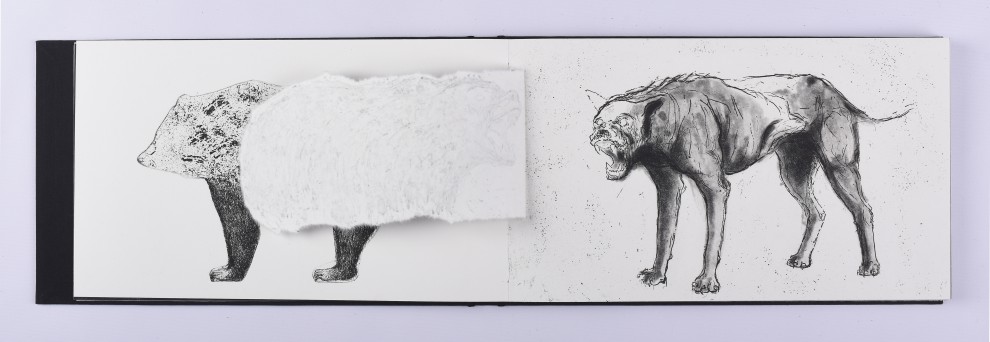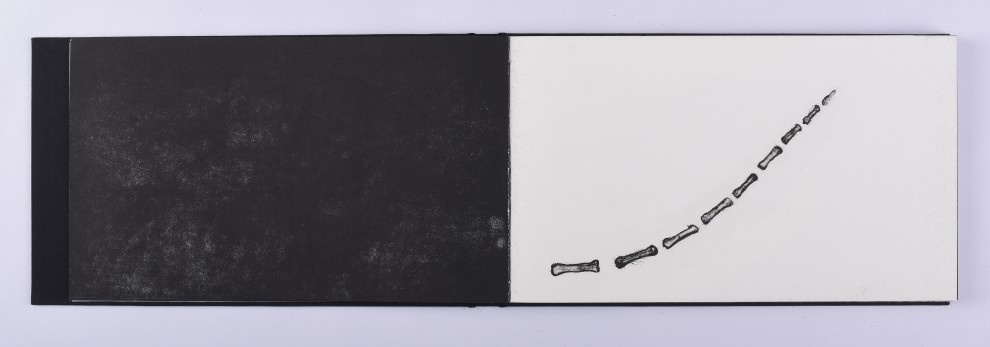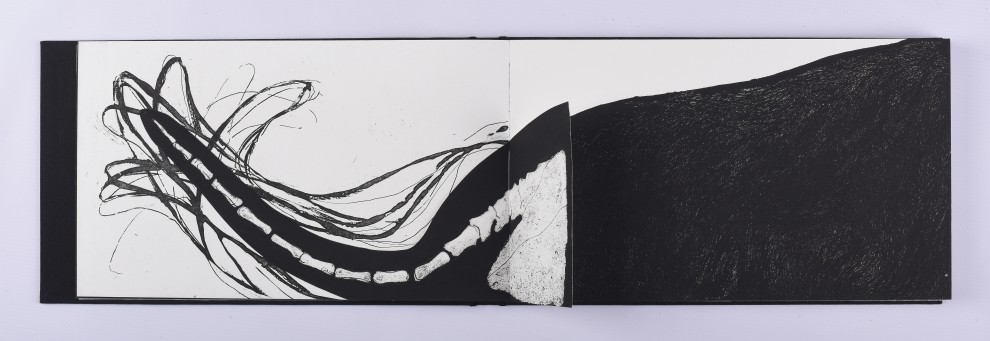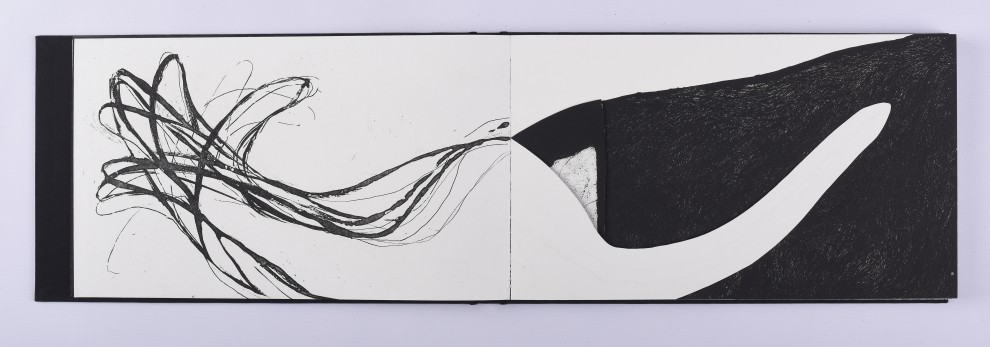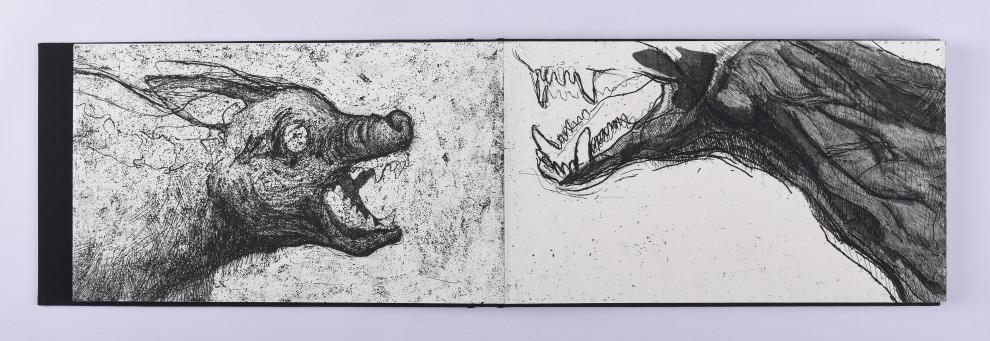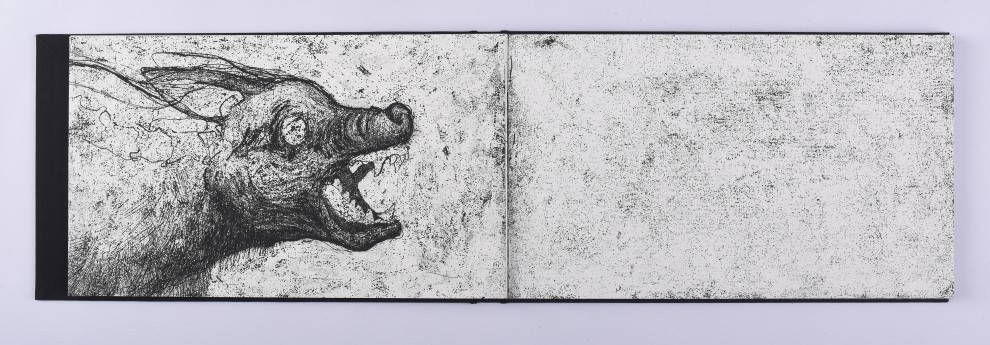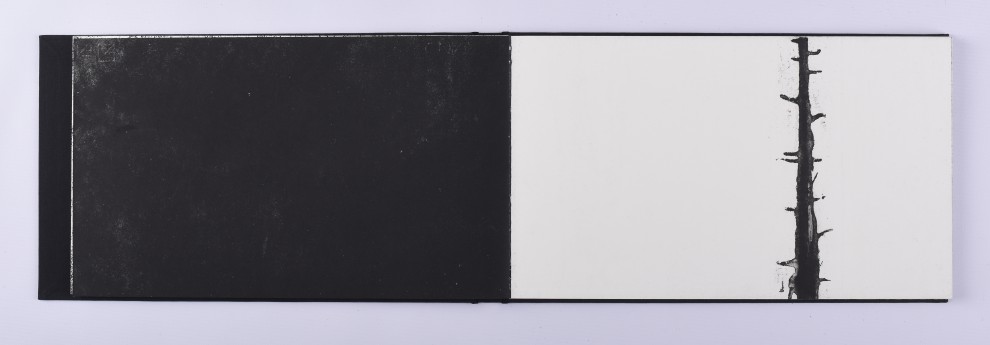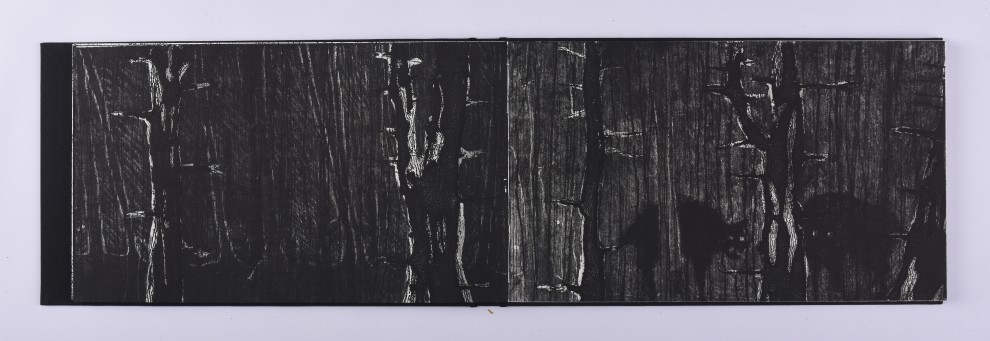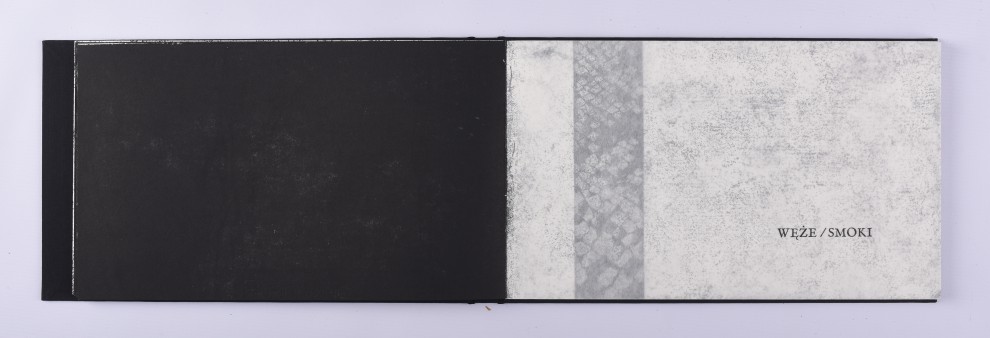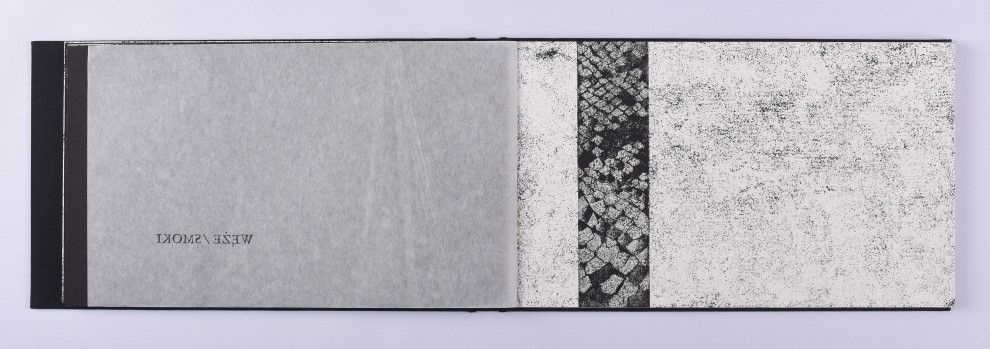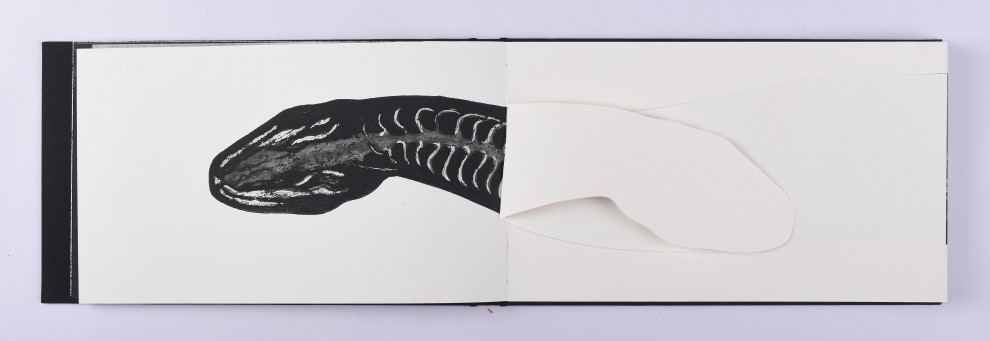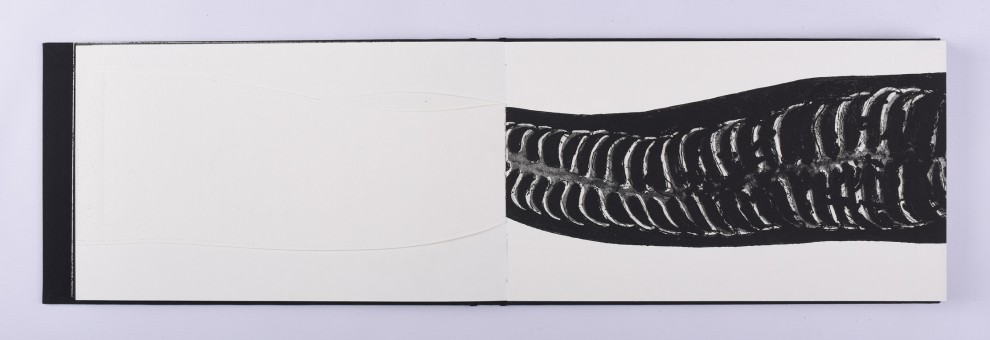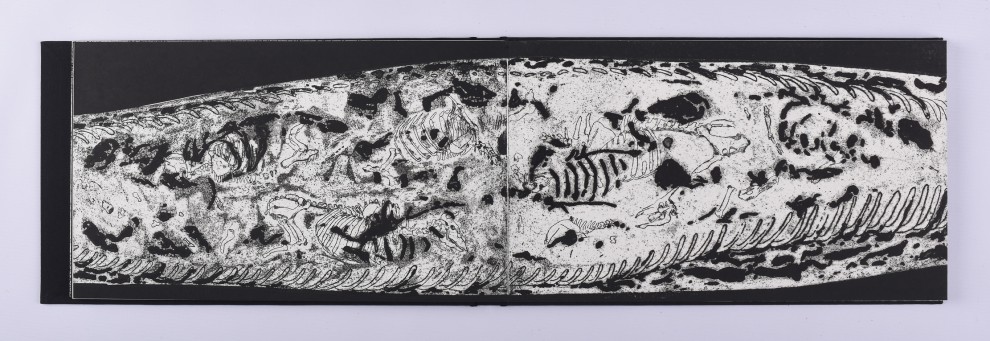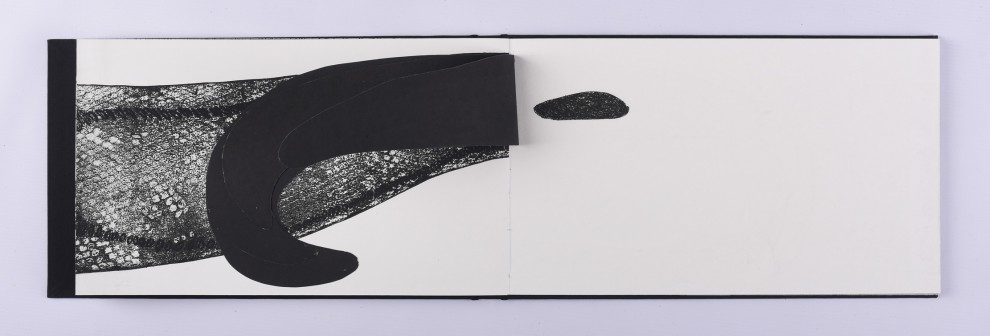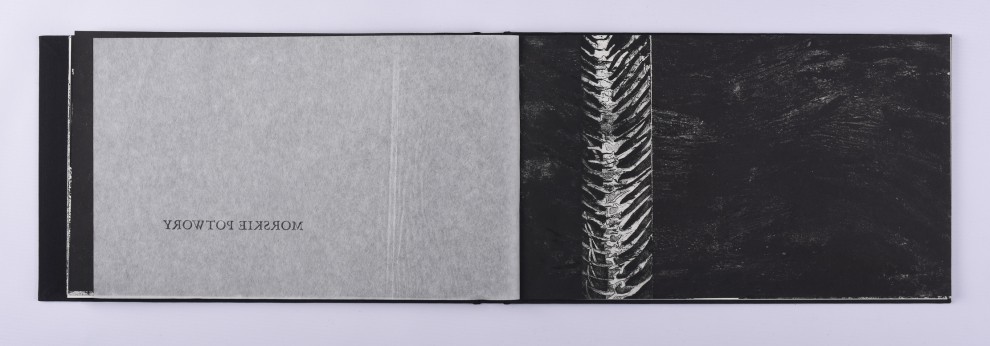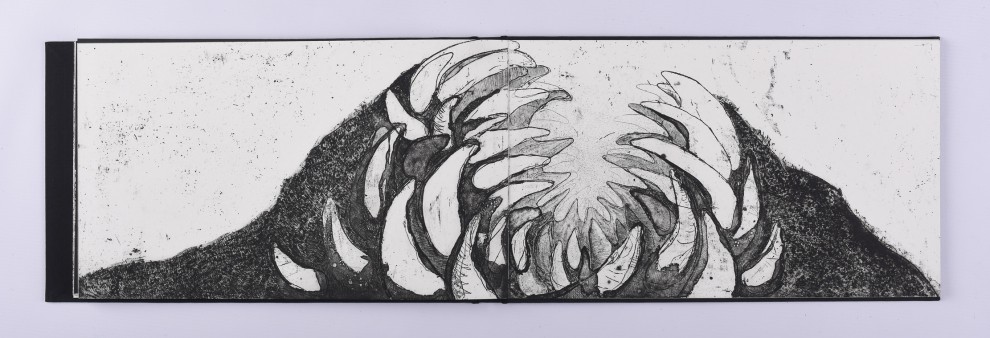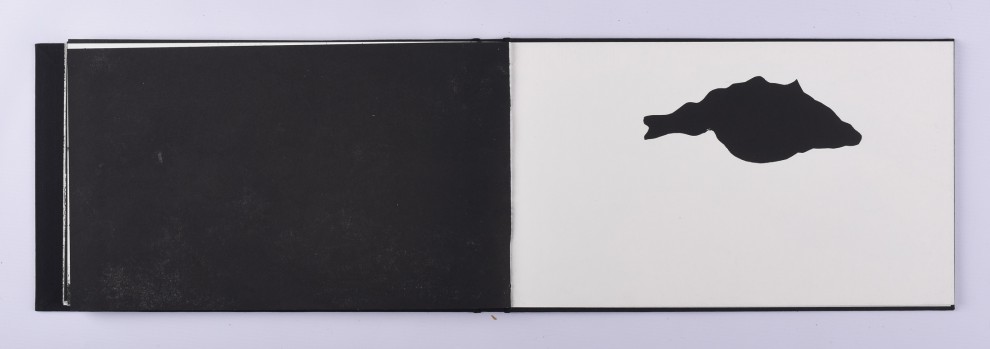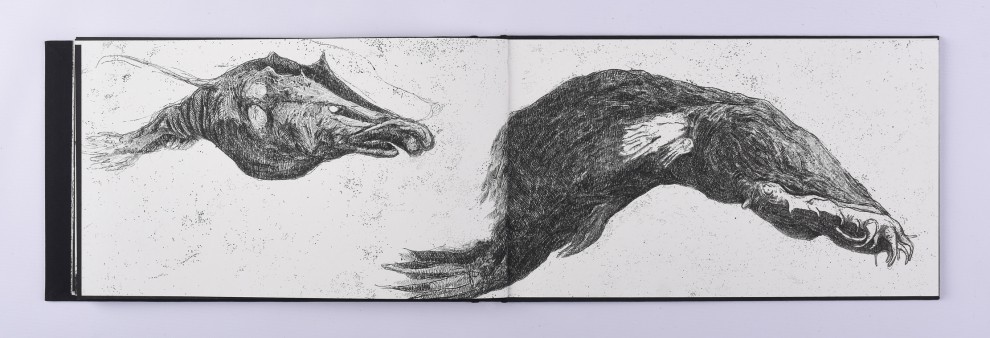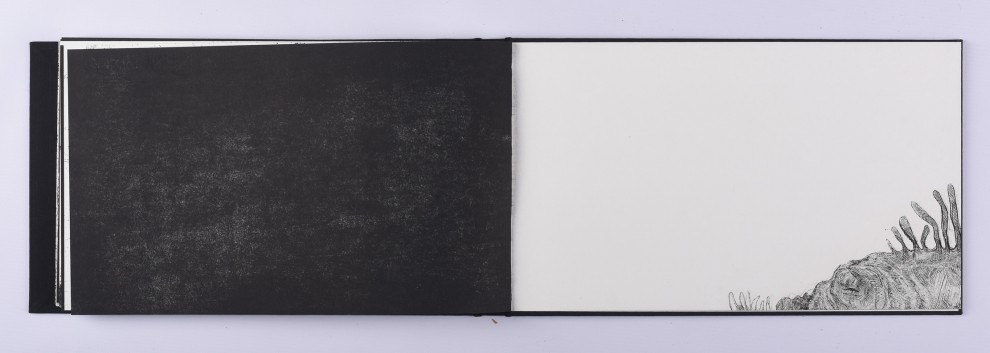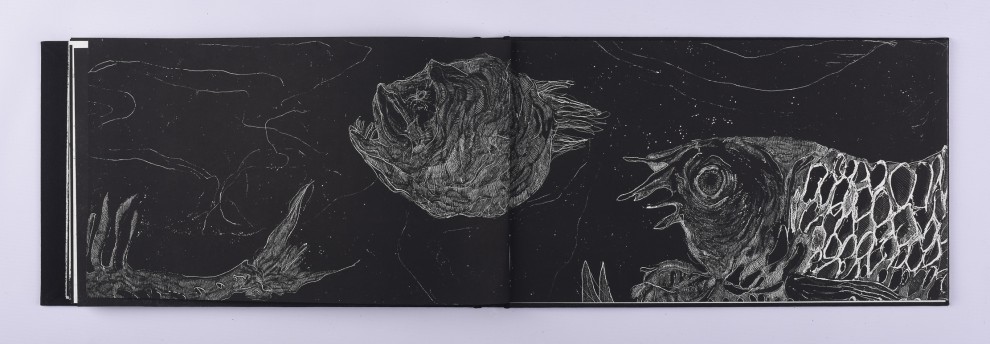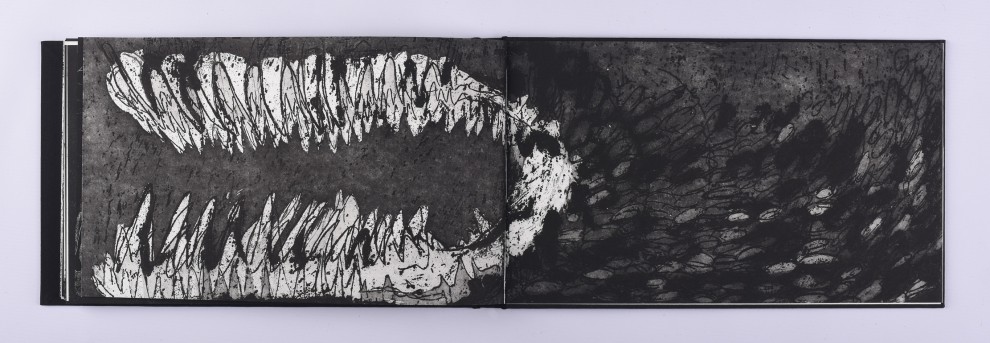Anna Mazur Bestiary. Animals in the beliefs of Germanic people
supervisor:
dr hab. Katarzyna Winczek
Jan Długosz Academy in Czestochowa
Institute of Fine Arts, Faculty of Art
Institute of Fine Arts, Faculty of Art
biography
Graduate of Stanisław Wyspiański High School of Fine Arts in Jarosław (2008-2012). In the years 2012-2017 1st and 2nd degree studies in the field of Graphics at the Faculty of Art of Jan Długosz University inCzęstochowa.
Exhibitions:
„Recykling przestrzeni” an exhibition of works of students and educators of the convex print studio, Galeria Sztuki Współczesnej „Elektrownia”, Czeladź, 2017
„Pracownia 207” an exhibition of works of students and educators of the gravure printing studio, Galeria Wydziału Sztuki „Pentagon”, Radom, 2016
„Grafika i rysunek” individual exhibition, Miejska Biblioteka Publiczna, Łańcut, 2016
XVI International Small Graphic Form and Ex Libris Biennale, Ostrów Wielkopolski, 2016r
„Śladami czarnego kota”- collective exhibitions, Muzeum Produkcji Zapałek, Częstochowa, 2015, 2017
„Adresownik”, open-airexhibition, Muzeum Częstochowskie, Pawilon w Parku im. St. Staszica, Częstochowa, 2014
In recent years, I have often taken up topics related to animals in my art work. I have been fascinated by the shape and structure of their muscles. Moreover, my art work has been influenced by my interest in fantasy literature and passion for animated films and games. Bestiaries were what helped me understand their complex and complicated nature.
The publication I came across were often collections of Slavic monsters as those nearest to Polish culture. When fathoming that subject, I came across a collection of Germanic myths – the descriptions of creatures they included have become the basis for my art work. The animals I chose are the most typical of Germanic beliefs. Their stories allowed to divide the bestiary into three chapters: Black dogs, Serpents / Dragons, Water Monsters.
When creating the bestiary, I show animals in the way different from how they have been presented so far. I diverge from the attempts to “draw literally”, I outline their silhouettes imaginatively distorting them. The process is visible when browsing through subsequent spreads in the book. I have also changed the very structure of the book. The bestiaries I am familiar with consist of texts combined with illustrations they refer to. In my original work I depart from this traditional form and present the documented images. The aim of the extended, horizontal layout of the work is to stress the narrative character of the very illustration. Only on the last pages of the book I have included the index with the animals’ descriptions.
The bestiary I created was closed in the form a book with dimensions of 21.5 x 36 cm, in a Swiss type hardcover. The characteristic exposed edge of the book allows a free overview of the spreads. The bestiary was bound in black canvas symbolizing fear and danger, among other things. The presented creatures also considered a symbol of evil, as supernatural phenomena, have negative features, along with the color of the night.
The illustrations in the “Bestiariusz” were carried out in a gravure printing workshop. When searching for structures characteristic of the selected animals I worked with the technique of etching and soft varnish. I intentionally “damaged” the metal plate using more aggressive techniques; the technique of chipping and pickling. Acting on the verge of destroying the matrix I was unable to accurately predict the effect I would achieve. To get the impression of greater freedom, form revival, I also cut the matrix “by shape”.
The book was printed on Fabriano graphic paper. The original publication also includes another type of secondpaper: Japanese Kawashi paper and Japanese Tengujo tissue paper. Semi-transparent cards separate individual chapters, referring with their character to old books.
Kopaliński W.: Słownik Symboli, Wiedza Powszechna: Warszawa 1990, p. 53-54.
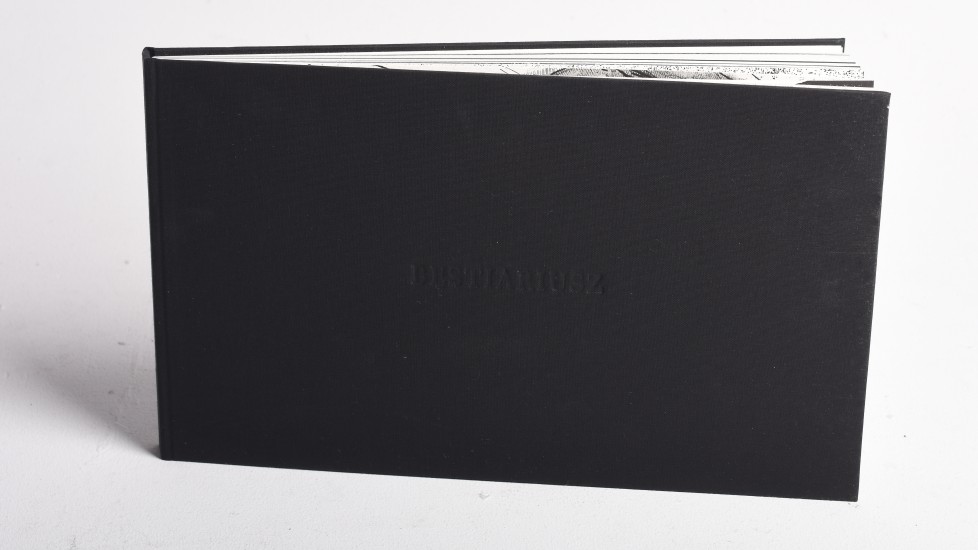
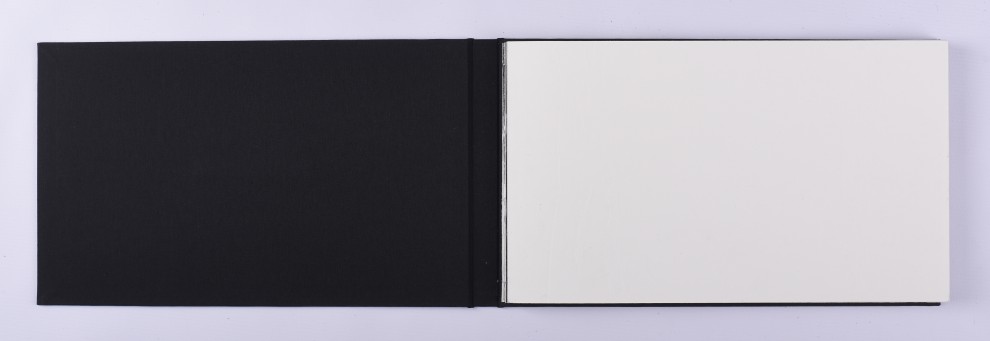
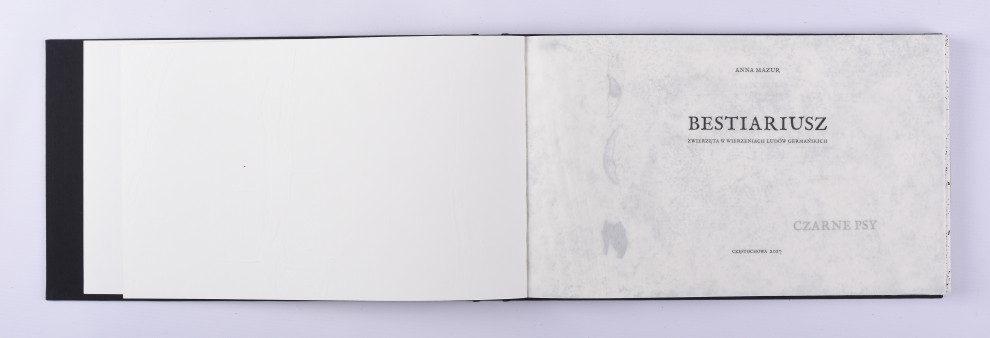
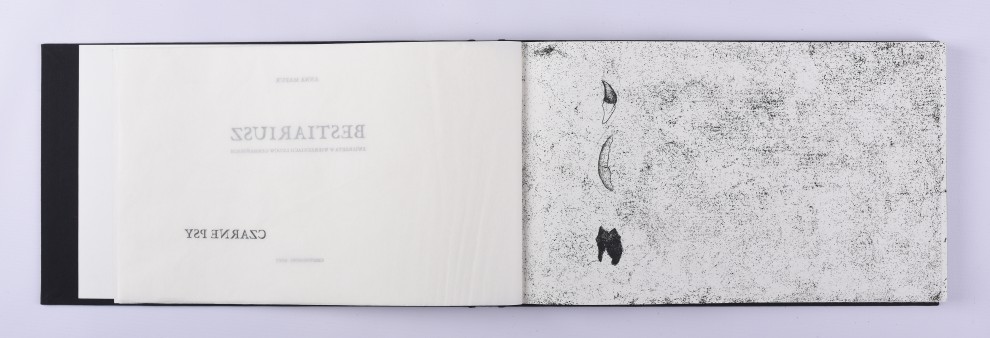
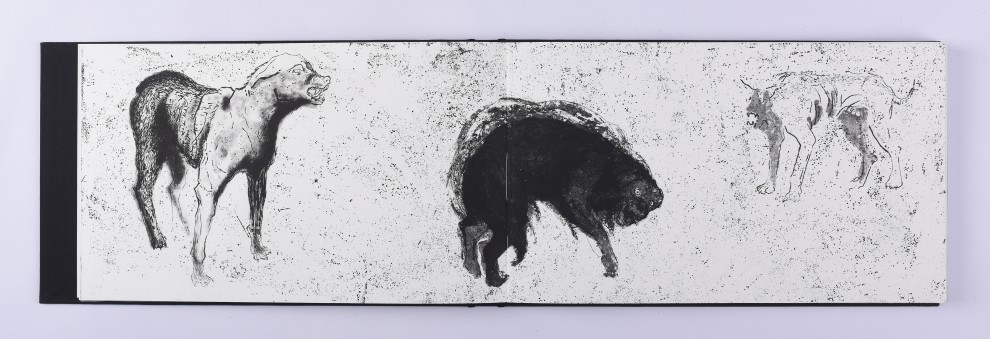
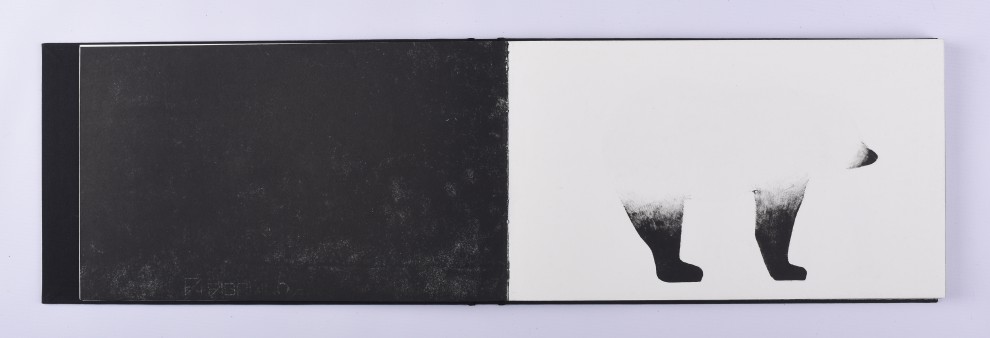
.jpg)
